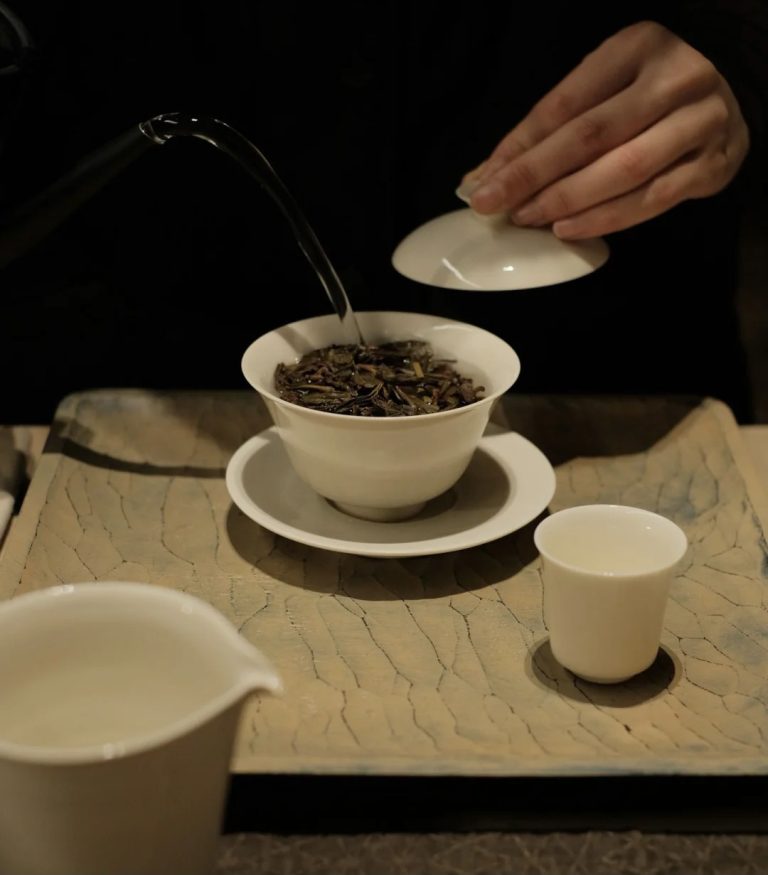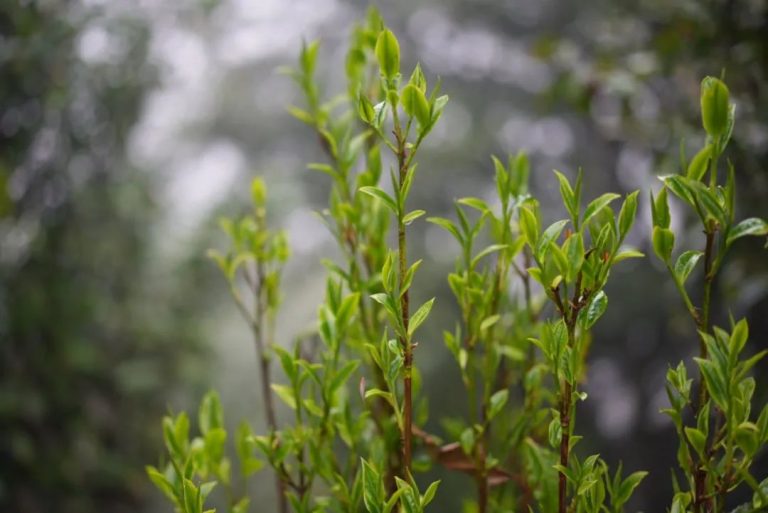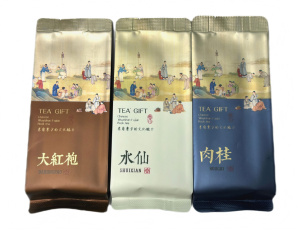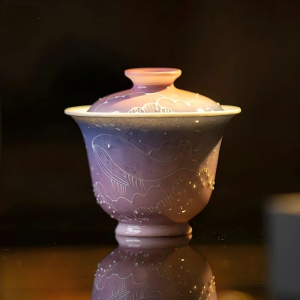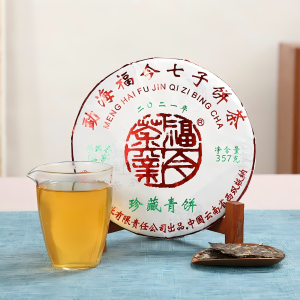
In the world of tea enthusiasts, spring tea holds a special place. With its unique freshness, that first sip of spring tea is like a gentle embrace from nature after a long winter. But have you ever wondered where this captivating freshness of spring tea originates? In this article, we will delve deep into the factors that contribute to the remarkable freshness of spring tea, exploring everything from its growth environment to the meticulous processing steps.
The Essence of Freshness in Spring Tea
The freshness of spring tea, especially pu erh tea, refers to the fresh and lively taste characteristics prominently present in the tea soup. This is primarily determined by specific chemical components within the tea leaves. The “fresh” flavor of spring tea mainly stems from substances such as amino acids, bis flavonols, and soluble sugars. These elements work in harmony to bring a delightful freshness to the tea soup, much like the refreshing sensation of a babbling brook in spring, rich, smooth, and free from any off-putting flavors.
Moreover, the “refreshing” quality of spring tea is mainly derived from catechins, theaflavins, and complexes of theaflavins and caffeine. After swallowing the tea soup, these substances create a refreshing sensation in the mouth, as if a cool breeze is rising from the depths of the throat, similar to sipping soda water brewed with mint leaves – invigorating and pleasant. It’s important to note that the higher the content of amino acids and catechins in pu erh tea, the more pronounced the freshness. The content of amino acids is closely related to factors such as raw materials, processing techniques, and the age of the tea leaves.
Factors Influencing the Freshness of Spring Tea
Raw Materials: The Foundation of Freshness
- Growth Environment The growth environment plays a crucial role in determining the freshness of spring tea. Generally speaking, the more favorable the geographical and climatic conditions where spring tea is cultivated, the more nutrients the tea plants can synthesize. For instance, tea gardens located in high-altitude, pollution-free areas with abundant sunlight and rainfall tend to produce tea leaves with higher amino acid content. The unique microclimate in these regions provides an ideal environment for tea plants to thrive, resulting in tea leaves rich in nutrients and a more pronounced freshness.
- Season Among the four seasons, spring tea stands out as the freshest. During winter, tea trees store energy and nutrients such as theanine and glutamine in their roots. These reserves play a vital role in the growth and development of new shoots in the following spring. As a result, spring tea contains a higher concentration of amino acids compared to tea leaves harvested in other seasons, contributing to its distinct freshness.
- Tenderness of Tea Leaves The tenderness of tea leaves is another significant factor affecting freshness. Generally, the phenol-ammonia ratio of tender tea buds is very high, which directly translates to a fresher taste. Tender buds and leaves are more delicate and contain a higher concentration of the beneficial compounds responsible for the fresh flavor, making them highly sought after for producing high-quality spring tea.
Processing Techniques: Preserving and Enhancing Freshness
- Picking The process of picking spring tea sets the stage for its freshness. Hand-picked tea leaves often exhibit more noticeable freshness compared to machine-picked ones. The meticulous hand-picking method ensures that the buds and leaves remain intact, fresh, and uniform. This careful handling helps preserve the amino acids, catechins, and other essential molecules in the tea leaves, maximizing the freshness potential of spring tea.
- Fixation Fixation is a critical step in the tea-making process. By applying high temperatures and rapid treatment to the tea leaves, the enzymes within are inactivated, effectively halting the fermentation process. When the temperature and time are precisely controlled during fixation, the amino acids, and tea polyphenols in the tea leaves can be retained, thereby enhancing the fresh taste of pu erh spring tea. Conversely, improper fixation may lead to the loss of valuable nutrients in the tea leaves, adversely affecting the overall taste and freshness.
- Rolling The rolling process is an integral part of pu erh tea production. Through rolling, the cell walls of the tea leaves are broken, facilitating the extraction of tea juice during brewing. However, if the rolling degree is too deep, excessive damage to the cell walls of the tea leaves can occur, causing the water-extracted substances to be released too quickly. This can hurt the tea’s endurance and freshness, highlighting the importance of finding the right balance in the rolling process.
In conclusion, the freshness of spring tea is a result of a complex interplay of various factors. From the moment the tea leaves are nurtured in their ideal growth environment to the careful processing steps that preserve and enhance their freshness, every detail matters. By understanding these factors, we can better appreciate the true essence of spring tea and enjoy its refreshing goodness.
If you’re eager to experience the unique charm of high-quality spring tea for yourself, we highly recommend exploring our Pu erh Tea collection. Click the link below to discover more: FONG’S TEA Pu Erh Tea Collection
FAQs
Yes, different tea varieties can have varying levels of freshness. Some varieties are naturally more inclined to produce fresh-tasting spring tea due to their genetic characteristics. For example, certain types of pu erh tea or green tea varieties are known for their distinct freshness profiles.
Absolutely. Improper storage conditions, such as exposure to moisture, heat, or strong odors, can cause the freshness of spring tea to deteriorate over time. It is essential to store spring tea in a cool, dry, and odor-free environment to maintain its freshness and quality.
Yes, using fresh, clean water at an appropriate temperature and brewing for the right amount of time can help bring out the maximum freshness of spring tea. Additionally, using high-quality tea utensils can also contribute to a better brewing experience and enhance the perception of freshness.

